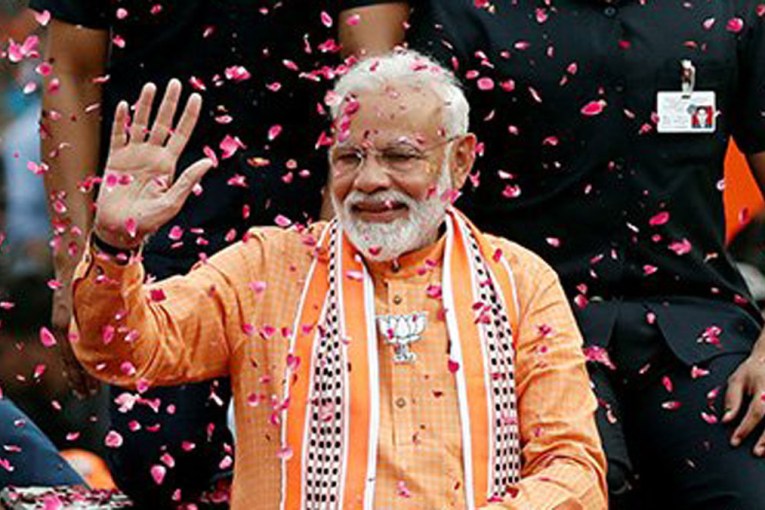Great Escape recalled
Two survivors of the Great Escape prisoner-of-war camp have hailed the “audacious” and “morale-boosting” breakout ahead of its 70th anniversary.
Jack Lyon, 96, and Charles Clarke, 90, were young RAF officers shot down in separate sorties and imprisoned in Stalag Luft III during the Second World War.
Lyon kept surveillance on German guards during construction of escape tunnels and was waiting to make his getaway in the early hours of March 25, 1944 when the famous mission was discovered.
Once they were recaptured, 50 Allied POWs were executed by the Nazis, but their daring bid for freedom was immortalised on the silver screen in the 1963 film The Great Escape.
The Great Escape is much more than a just a movie.
Speaking at an event to celebrate the 70th anniversary organised by the Royal Air Force Benevolent Fund in central London, Lyon said: “It was a costly operation but not necessarily unsuccessful.
“It did do a lot for morale, particularly for those prisoners who’d been there for a long time.
“They felt they were able to contribute something, even if they weren’t able to get out.
“They felt they could help in some way and trust me, in prison camps, morale is very important.”
The veterans were joined for a special screening of the 1963 film by wilderness survival expert Ray Mears and comedian Al Murray.
Clarke said: “I think it’s often forgotten that the Great Escape was probably one of the most audacious operations that the RAF carried out.
“When you see what was achieved with limited resources…. When you think that all the equipment they had had to be made. The air pump was made of a kit bag and a few other bits.
“The air pipes were made of powdered milk tins, and even the little fat lamps were made of boiled margarine.”
The plan for the Great Escape took shape in the spring of 1943 when Squadron Leader Roger Bushell RAF, who had been a lawyer in his civilian life, hatched a strategy for a major breakout.
Bushell, who came to be known by the codename Big X, created an Escape Committee and inspired the camp’s Allied prisoners in an attempt to get in excess of 200 out.
Some 600 men helped dig three tunnels, which were referred to as Tom, Dick and Harry, with the hope that one would succeed.
Tunnel Tom started in a darkened corner of one of the building’s halls, while Dick’s entrance was hidden in a wash room drain sump and Harry’s was under a stove.
The plan was for escapees to come out the other end with civilian clothes and possessing forged papers and escape equipment.
On the night of March 24 to 25 March 1944, 76 men took advantage of a moonless night to attempt get away through tunnel Harry.
Of the 76 there were 73 who were recaptured by the Germans and most, including Big X, were executed on Hitler’s orders
Steve McQueen led a star-studded cast which included Richard Attenborough, Charles Bronson, James Garner and Donald Pleasance in a dramatised version of the men’s story two decades later.
Speaking at the anniversary event in central London, RAF Benevolent Fund Controller Air Marshal Chris Nickols said it had been an honour to hear Lyon and Clarke’s memories.
He said: “They remind us that The Great Escape is much more than a just a movie; it was a remarkable feat of courage and resourcefulness, which sadly resulted in 50 men being killed.”








